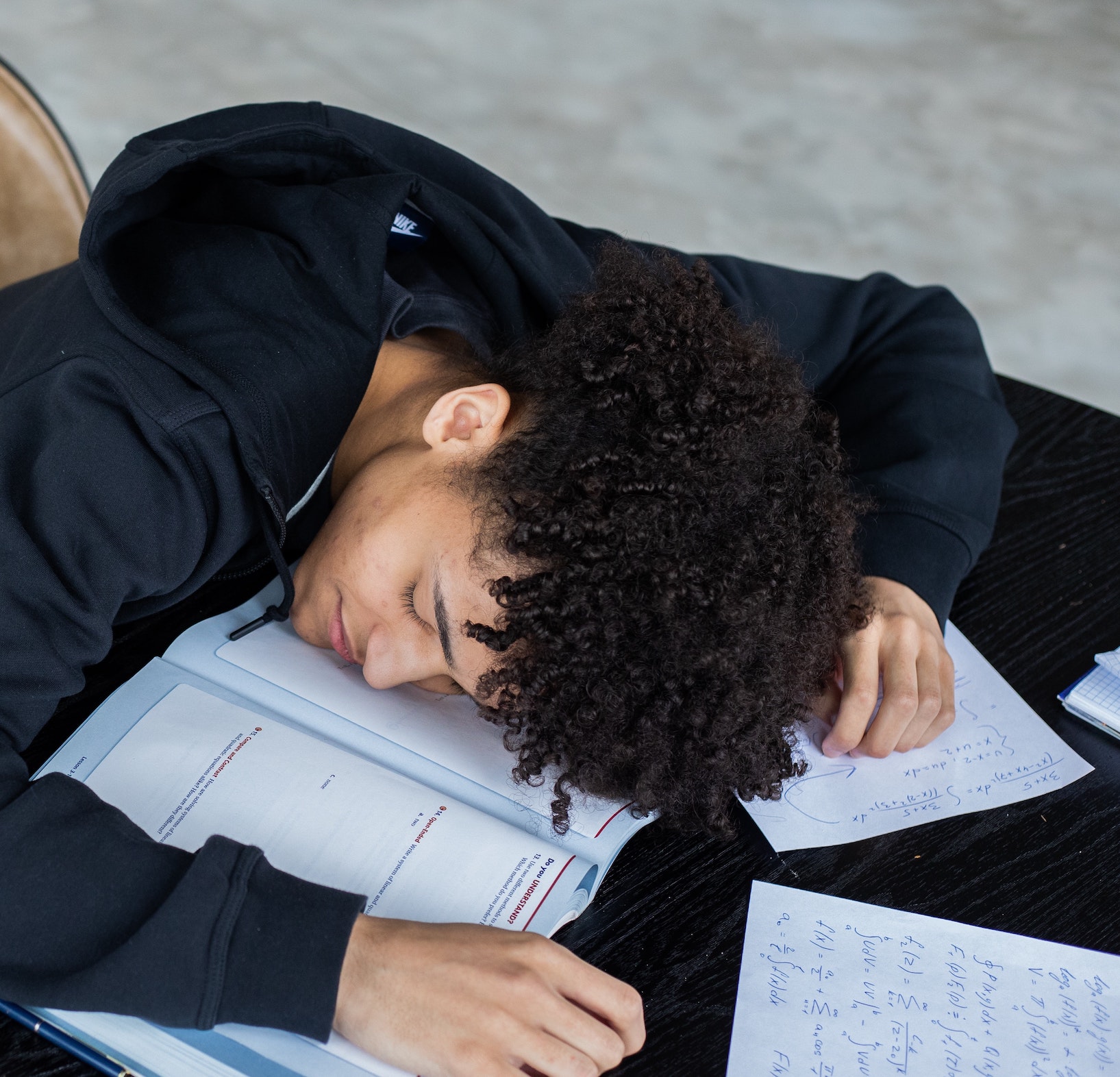![]() Under the direction of Dr. Ramsey Khasho, CHC staff members and other expert contributors provide answers to questions about the serious issue of teen anxiety and depression in our community.
Under the direction of Dr. Ramsey Khasho, CHC staff members and other expert contributors provide answers to questions about the serious issue of teen anxiety and depression in our community.
“How Schools Can Help” outlines steps that school staff can take to promote awareness of and access to mental health support.
How Schools Can Help
1. What are small steps school staff can do to bring awareness to well-being support, particularly encouraging access?
Research suggests that social-emotional well-being is an important part of school and life success. Many schools are moving to a model of teaching social-emotional wellness in the same way they teach math and reading. There are published programs that schools can use to directly teach social-emotional skills. An important social-emotional learning (SEL) resource for schools is CASEL (Collaborative for Social Emotional Learning)—educators can find many helpful tools there.
School staff can join the movement through building awareness of the importance of social-emotional health to learning, attending trainings or workshops on matters such as anxiety and depression—causes, signs and what to do—and helping to connect young people with the right resources.
2. Is it true that Gunn High School in Palo Alto has implemented an “all block” schedule? If so, what has been the experience so far?
Gunn has instituted a “modified block schedule.” Gunn has reduced the number of classes and transitions per day for students. Most are four-period days with increased tutorial time for students and expanded collaboration time for teachers. The 75-minute modified block schedule is for most classes although there are a few classes that are 50 minutes. Usually the first year of any major change like this is the transition year and it’s difficult to know how the teachers and students have adapted so far. I have only heard from some students that they prefer the change. I don’t know if the school plans to do a survey at the end of the year to get feedback from staff and students, but I am sure they will be asking for feedback in some form. The goal is to enrich learning and reduce stress. For more information please contact the Principal at Gunn, Denise Hermann.
3. Many secondary educators are lacking in tools to support students in adolescent development (even though they may actually care about kids). What should schools do to bridge this knowledge gap? How can schools go back to being places to learn and develop?
There are many online and in person resources for educators to gain the knowledge needed to help support our students during a difficult time. For example, here are some excellent choices:
AFSP’s More Than Sad programs for staff, students and parents. More Than Sad has taught over a million students and educators how to be smart about mental health. Programs for parents, students, and teachers teach how to recognize the signs of depression. Materials tailored for each audience address issues such as dealing with the stigma of mental health issues, discussing mental health concerns, and seeking treatment.
QPR Gatekeeper training is a course that covers topics such as the warning signs of suicide, how to question, persuade and refer someone who is suicidal, how to get help for yourself or learn more about preventing suicide, and more.
AFSP’s Signs Matter: Early Detection is online suicide training geared for K-12 educators.
Kognito’s At-risk in PK-12 is a suite of professional development solutions for grades pre-K through 12 school personnel.
Friend 2 Friend is an online resource for students to get information and advice that they can use to help a friend who might be experiencing problems.
And Children’s Health Council is also a major resource in our community for parent and staff education.
Our students spend much of their day in school. Part of staff’s responsibility is to be able to recognize when a student is having a difficult time and this can only be done by educating them on a regular basis. There are a number of steps that should be taken when a staff member is concerned about a student:
- identify any student who might be having difficulties
- intervene by talking to the student
- refer the student to the right resource
- be aware of the available resources at the school site and in the community
Our children can only learn if they are both physically and mentally healthy. I recommend visiting HEARD Alliance to view the Comprehensive Suicide Prevention Toolkit for Schools and many other resources for clinicians, teachers, and parents.
Other posts in this series:
Teen Mental Health Q&A Introduction
Environment vs. Biology
Middle School Kids Ages 10-12 and Younger
Profile of High Risk Kids
Redefining Success
The Role of Social Media
How Parents Can Help
How Peers Can Help
Other Concerns









